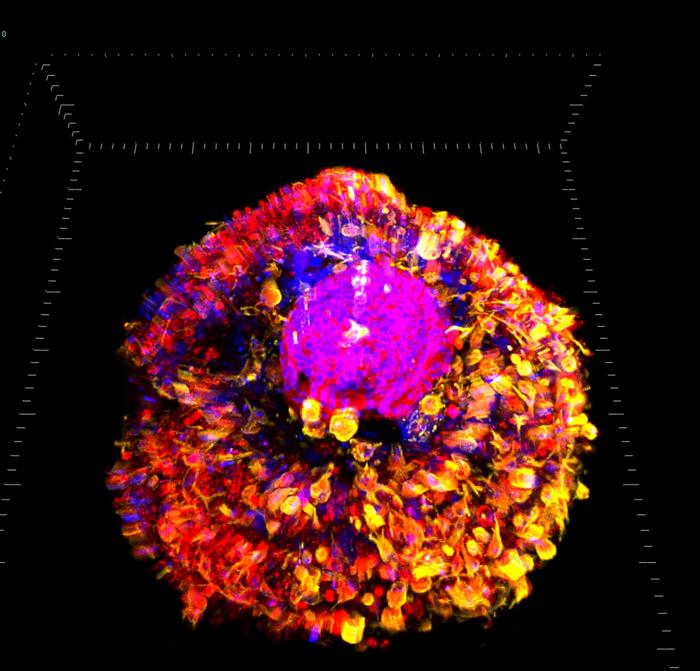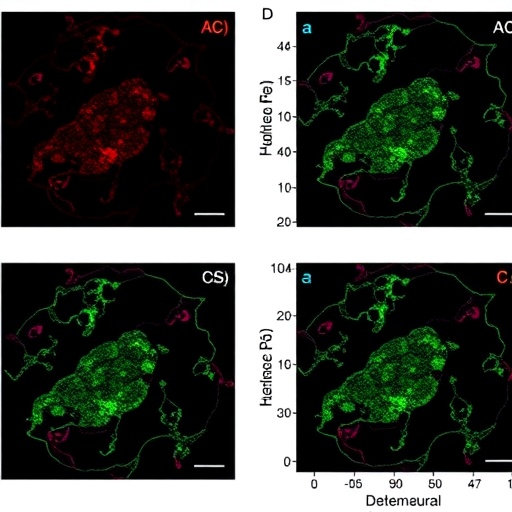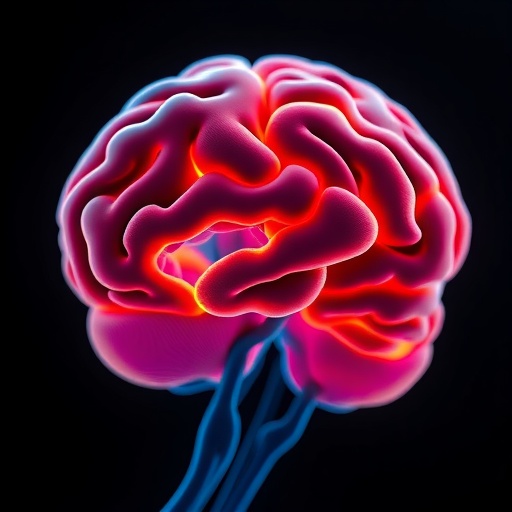In a landmark advance that promises to redefine the future of regenerative medicine and diabetes treatment, research teams based in Nanjing, China, have unveiled transformative findings that harness the human spleen as a dynamic bioreactor. This organ, long relegated to a secondary role in hematological processes, has been reimagined as a potent site for organ regeneration and metabolic disease cure. Published virtually simultaneously in the prestigious journals Diabetes and Science Translational Medicine, these discoveries not only challenge traditional paradigms but also chart a bold course toward scalable, minimally invasive therapies for millions suffering from diabetes and organ failure worldwide.
Historically underestimated, the spleen possesses an intricate porous architecture coupled with an abundant blood supply that mimics natural developmental conditions for organs. This unique biological niche provides an ideal microenvironment for transplanted cells to engraft, survive, and function effectively. Unlike other transplantation sites that often succumb to immune rejection or insufficient vascularization, the spleen’s inherent adaptability allows reprogramming with minimal systemic disruption. These characteristics set the stage for its evolution from a mere blood filter into an organ manufacturing hub capable of hosting complex bioengineered tissues.
The first revolutionary breakthrough focuses on a “Living Shield” bio-hybrid system designed to combat diabetes by enhancing the survival and efficacy of insulin-producing islets transplanted into the spleen. Traditional approaches involving liver islet transplantation suffer from a high failure rate, primarily due to hostile blood-mediated inflammatory reactions. The research led by Prof. Dong Lei at Nanjing University tackled this challenge head-on by engineering a protective “invisibility cloak” around the islets, using layers of hepatocytes to shield these cells from immune assault. Simultaneously, platelet-derived fibroblasts were employed to construct an immediate survival scaffold, enabling the cells to thrive in a nurturing microenvironment post-transplantation.
.adsslot_oQEaiIW3VT{ width:728px !important; height:90px !important; }
@media (max-width:1199px) { .adsslot_oQEaiIW3VT{ width:468px !important; height:60px !important; } }
@media (max-width:767px) { .adsslot_oQEaiIW3VT{ width:320px !important; height:50px !important; } }
ADVERTISEMENT
Building upon this innovative foundation, the second major discovery—published in Science Translational Medicine—introduces a universal bioreactor model where the spleen is reprogrammed at the molecular level through nanotechnology. By administering engineered nanoparticles, the native splenic environment is reshaped: extracellular matrix components are augmented to provide robust scaffolding, angiogenesis is accelerated to ensure rapid blood vessel ingrowth, and immune attacks are selectively suppressed to prevent graft rejection. This reprogramming kit effectively converts the spleen into a bespoke nursery for diverse organ tissues, enabling not only islet maturation but also the growth of heterogeneous cell types.
Strikingly, experiments have shown that human islets mature successfully within reprogrammed spleens of non-human primates, marking a critical translational step toward xenogeneic organ development. This milestone underscores the platform’s therapeutic versatility and its potential to bridge the donor organ gap by facilitating cross-species organogenesis. The implications extend far beyond diabetes, heralding a new era where patient-specific, on-demand organs could be grown internally, circumventing the need for invasive surgeries or immunosuppressive regimens.
In addition to endocrine pancreatic tissue, the spleen’s regenerative capacity has been validated across multiple organ systems. Prior advancements have demonstrated liver functionality restoration in murine models, capable of partially reversing hepatic failure. Similarly, reprogrammed spleens have supported thyroid tissue regeneration in animal models, indicating the platform’s adaptability to endocrine and metabolic organ niches. Perhaps most remarkably, efforts have culminated in producing human insulin within primates, a breakthrough poised to revolutionize diabetes management in higher mammals and eventually humans.
The strategic advantage of the spleen as a biofactory stems from its minimally invasive accessibility. Using ultrasound-guided injections, therapeutic agents and engineered cells can be delivered precisely into the splenic parenchyma without the extensive surgical intervention typically required for organ transplantation. This lessens patient morbidity, shortens recovery times, and offers the unprecedented possibility of outpatient regenerative therapies. Furthermore, the platform’s design inherently addresses donor scarcity by necessitating fewer transplanted cells or utilizing xenogeneic sources under immune-modulating frameworks.
Profoundly, this line of research challenges conventional thought about organ transplantation and regenerative therapy. By leveraging the spleen’s natural properties and augmenting them with sophisticated bioengineering approaches, scientists are pioneering a paradigm shift from organ replacement to organ regeneration in situ. The versatility of this system holds promise for a wide array of chronic diseases, positioning it as a cornerstone technology in the burgeoning field of personalized regenerative medicine.
Looking forward, the continuing evolution of this spleen-based platform will require integrating advances in induced pluripotent stem cells (iPSCs) and nanomedicine to refine organ specificity and functional integration. The vision articulated by the leading investigators involves a future clinical setting where patients receive autologous cell-based therapies that coax their own spleens to grow tailor-made organs on demand. This could transform disease management from reactive treatment to proactive organ restoration, mitigating the complications of diabetic hyperglycemia and organ failure.
As the global diabetes burden surpasses half a billion individuals, this breakthrough carries immense public health significance. It signals not only a therapeutic breakthrough but also a conceptual leap in using so-called “discarded” or overlooked organs for maximal clinical benefit. The spleen’s redefined role as a regenerative powerhouse epitomizes the intersection of biology, materials science, and clinical medicine, cementing its status as a new frontier in scientific and medical innovation.
Subject of Research: Regenerative medicine, diabetes therapy, splenic transplantation, organ regeneration, bioengineering
Article Title: Intrasplenic Transplantation of Islets With a Platelet-Shielding System Restores Glycemic Control
News Publication Date: 30-May-2025
Web References: 10.2337/db24-0856
Image Credits: Credited by Lei Dong/Nanjing University
Keywords: Biomedical engineering, Human health
Tags: bioengineered tissuesdiabetes treatment advancementshematological processesimmune rejection in organ transplantationmetabolic disease curesminimally invasive therapiesNanjing China medical researchorgan manufacturing huborgan regeneration technologyRegenerative Medicinespleen as a bioreactortransformative healthcare innovations





